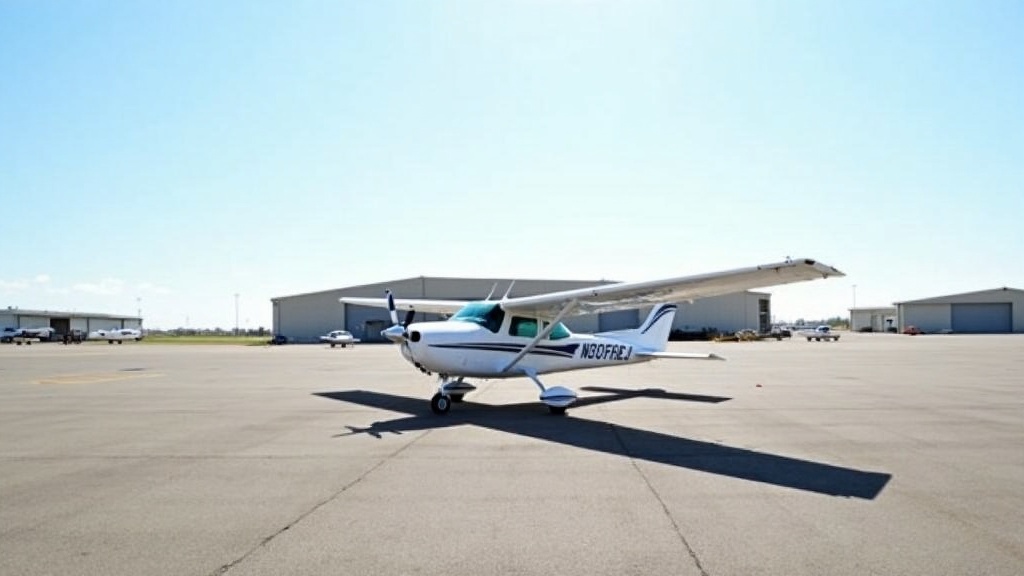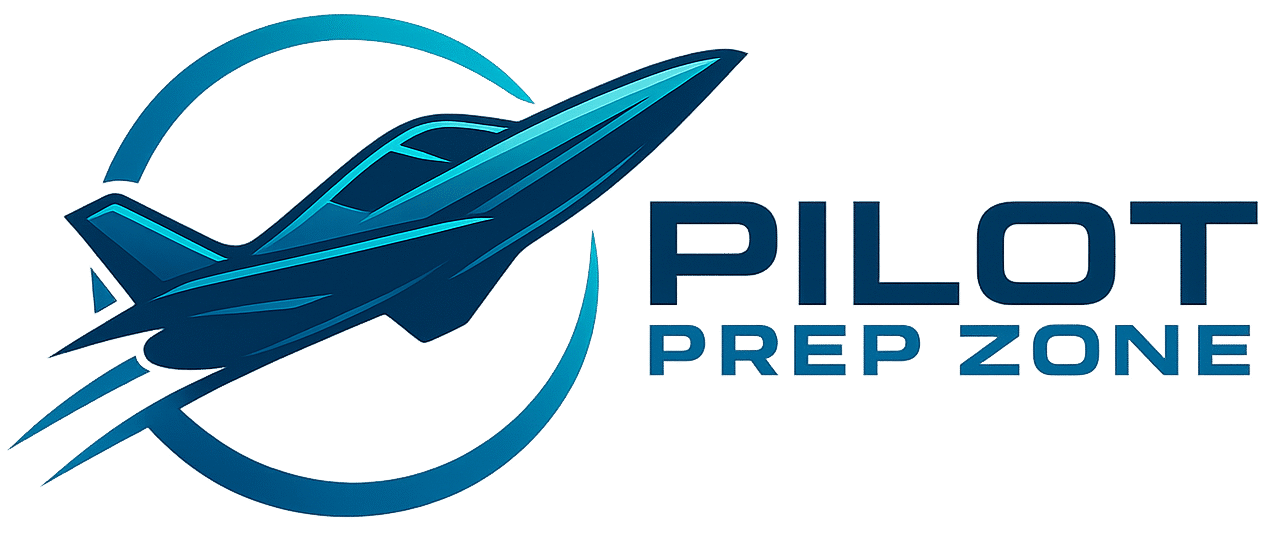Choosing the right flight school sets the tone for your entire adventure as a pilot. I remember being excited and maybe a little nervous when I started looking for my own flight school. There are many factors to figure out, and it can sometimes feel overwhelming, especially if you’re new to aviation. Picking the right school doesn’t just shape your learning. It also affects your skills, confidence, and the kind of pilot you’ll become. In this article, I’ll walk you through the steps I took and share advice to help you spot the flight school that’s the best fit for your needs and goals.

Key Things to Know About Flight Training Schools
Flight training in the United States has a long history, stretching back to the early 20th century. Today, thousands of aspiring pilots train at schools ranging from small local flying clubs to large academies connected with major airlines. According to the Federal Aviation Administration (FAA), there are more than 1,400 flight schools in the U.S. alone. Each one offers a slightly different pathway to help students earn a pilot certificate.
It’s really important to look at the different kinds of flight schools out there. The two main types are Part 61 and Part 141 schools, named for the sections of the Federal Aviation Regulations (FARs) they follow. Part 61 schools usually offer more flexible, personalized training, while Part 141 schools often have more structured programs that may move a bit faster. Choosing between these affects your schedule, the amount of money you’ll spend, and how you’ll learn.
The aviation industry is growing, and pilot demand worldwide is expected to keep climbing. Training standards are high for a reason; flight safety always comes first. Picking a reliable school that matches your learning style and life plans helps you stay on the right track.
Understanding Your Flight Training Goals
Knowing what you want from flight training makes it a lot easier to shortlist schools. I always suggest starting by asking yourself a few basic questions. Are you looking to fly as a hobby, or is your dream to become a professional airline pilot? Is your goal to fly small single-engine planes, helicopters, or something else?
- Private Pilot Certificate: This is the first step for most people. It lets you fly for fun, take friends or family up in the air, or use flying in your personal life.
- Commercial Pilot License: This is the next step for people who want to make flying their job. It can open doors to careers in airlines, cargo, or tour companies.
- Recreational or Sport Pilot Certificates: These are good for hobbyists who want to fly smaller, lighter aircraft and keep things more casual.
- Helicopter Ratings and Other Endorsements: Some schools also specialize in helicopters, aerobatics, or floatplanes if you’re looking for something unique.
Matching a school’s programs to your goals is one of the ways I found it easier to eliminate options that didn’t suit my long-term plans. If you already know you want to be an airline pilot, look for schools with partnerships with airlines, or bridge programs that help students move from school into airline jobs.
Questions to Ask When Comparing Flight Schools
I found that asking smart, practical questions helped me collect useful information on each school. Here’s what to focus on when making your own comparison:
- Accreditation and Reputation: Is the flight school accredited by recognized aviation bodies like the FAA? Does it have good reviews from past students? Talking to current students and instructors can offer honest feedback about day-to-day training.
- Instructor Experience and Availability: Find out who will be teaching you. Qualified instructors with enough time for students can make a big difference in how much and how quickly you learn.
- Fleet Condition and Aircraft Types: Look at what planes the school uses. Are they well maintained and modern? Ask how often aircraft are unavailable due to maintenance issues. More downtime means more delays in your training.
- Location and Weather: Training in certain climates can be easier or harder. Year-round flying conditions are a huge plus. If frequent storms or winter weather slow things down, training could take a lot longer.
- Cost and Payment Structure: Always ask for a breakdown of all costs, not just hourly rates. Some schools offer package deals, while others only charge as you go. Be sure you understand refund policies and whether financing or scholarship options are available.
- Ground School and Simulator Access: Many schools have classroom-based ground school, and some supplement flight time with simulator sessions. These help you learn technical skills in a budget-friendly way.
Important Points Before You Enroll
I learned some practical lessons from talking to pilots and students during my own search. Here’s what stands out as really important before signing up:
- Training Schedules: Flexibility is important if you have a fulltime job or other responsibilities. Evening or weekend options might be better if you have a busy life outside flying.
- Student to Instructor Ratio: Smaller ratios mean you might get more personalized attention, which helps when learning complex hands-on skills.
- Equipment Fees and Materials: Ask about all expenses, including books, headsets, uniforms, test fees, and aircraft rentals for exams.
- Safety Record: This is always at the top of my list. Ask the school about accidents, incidents, and how they handle emergencies. A transparent school usually inspires more trust.
- Graduate Outcomes: Where do graduates go after finishing training? Schools with connections to airlines or a record of hiring success may offer advantages when you start your career.
How to Make the Most of a Flight School Visit
Visiting in person made a huge impact on my decision. If you can, schedule a tour before committing. Pay attention to a few things while you’re there:
- Observe how instructors interact with students. Do they seem approachable and supportive?
- Walk around the hangars and classrooms to check cleanliness, organization, and safety measures.
- Ask for a sample lesson, or sit in on a ground school class if possible. This helps you get a feel for teaching style and communication.
- Test out or ask to see flight simulators, which provide cost-effective and realistic practice.
- See if there’s a community atmosphere. Clubs, flying events, or mentorship programs can help you feel supported along the way.
I always trusted my instincts when visiting schools. It’s important to feel comfortable with the people and the environment because you’ll spend a lot of time there.
Addressing Common Training Challenges
Flight training can be tough, and you’ll probably face obstacles along the way. Here are a few I faced and what helped me:
- Budget and Financial Planning: Flight training’s cost can be high. Breaking it into smaller payments, looking for scholarships, or considering loans helped me manage expenses more effectively.
- Scheduling and Consistency: Flying frequently, at least two or three times a week, helped me retain skills better and finish sooner.
- Exams and Checkrides: Written and practical tests are stressful. Practicing with instructors and fellow students, and using online resources, made a big difference in my confidence and scores.
- Plateaus in Progress: Sometimes skills can stall. Sticking with it, asking for extra help, and focusing on areas of weakness helped me break through these phases.
Frequently Asked Questions
Here are some questions I often hear from people just starting their flight training search:
Question: How long does it take to get a private pilot certificate?
Answer: The national average is 60 to 70 flight hours, but this can vary. Most students finish within 4 to 12 months, depending on their training schedule.
Question: Do I need to pass any exams before enrolling?
Answer: Most flight schools require only a basic medical exam (known as a Third Class Medical) before you begin flying, but academic prerequisites are very minimal.
Question: Are all flight schools regulated the same way?
Answer: Part 61 and Part 141 flight schools operate under different regulations. It’s important to research both to see which matches your learning style and timeline.
Tips for Maximizing Your Success During Training
Once you’ve picked your school, there are simple steps to help get the most from your training. Here are some extra strategies I wish I knew sooner:
- Stay Organized: Keep a logbook, organize your study materials, and set clear milestones. Small victories make it easier to stay motivated.
- Build Strong Study Habits: Consistency matters. Set aside time each week for reading, flight planning, or reviewing checklists and regulations.
- Connect with Mentors: Joining local aviation communities or online pilot forums can help you get advice, tips, and moral support.
- Use Technology: Apps and flight simulation programs can give your practice sessions a boost, especially when you can’t be in the cockpit.
Remember, enjoying the learning process will go a long way in helping you succeed both in training and as you begin your piloting adventure.
Getting Started on Your Pilot Adventure
The right flight school makes all the difference in reaching your aviation goals. Take time to research, ask honest questions, and visit the schools on your shortlist. Looking back, I’m glad I explored my options and lined up my school choice with my personal goals and values. Whether you want to fly for fun or plan to make aviation your career, starting with the right school builds a strong foundation for future success.
Wishing you safe flights and plenty of blue skies ahead as you start the adventure of learning to fly!
